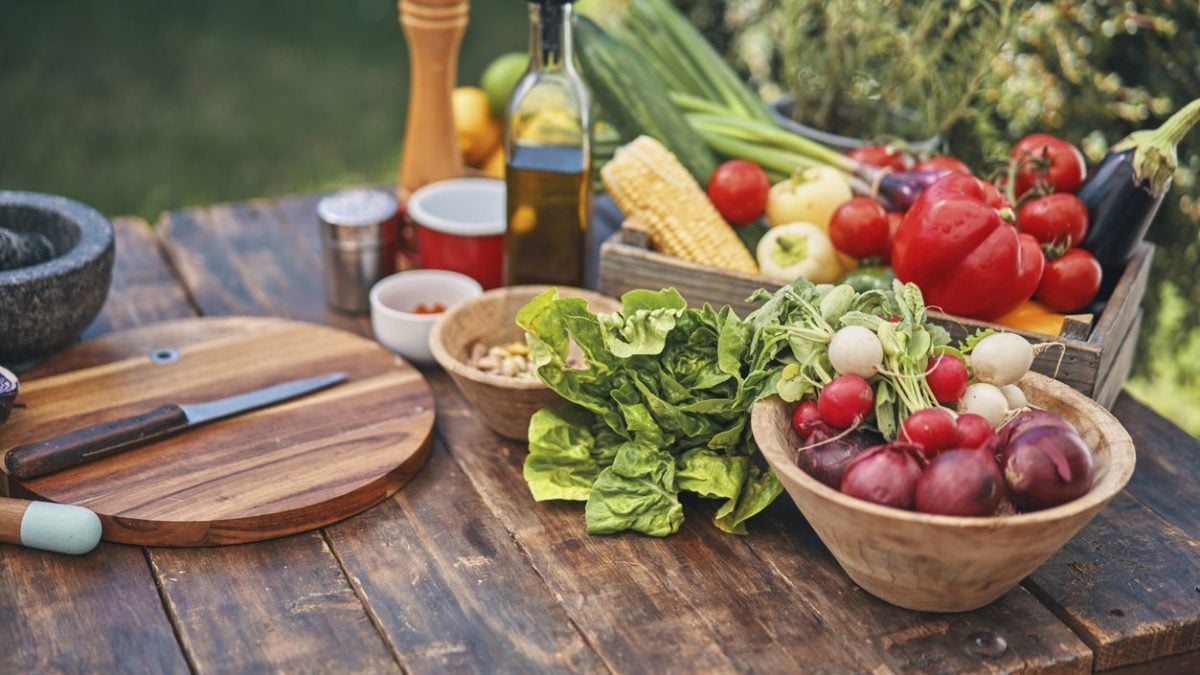
With summer and its high temperatures, fruit and vegetables – which we buy in large quantities because they are thirst-quenching, rich in vitamins and mineral salts, as well as the protagonists of easy and light recipes including appetizers, main dishes and desserts – are put to the test. The heat accelerates the deterioration process, making it essential to adopt effective conservation techniques to maintain the freshness, flavor and consistency of these products that are allies of the diet during the summer. From leafy vegetables such as salad , to juicy fruits such as peaches and watermelons, each type requires specific attention to prolong their life and preserve their nutritional properties. Below, here are some tips and tricks for maintaining seasonal fruit and vegetables in the summer months, so you can enjoy them even a few days after buying them at the supermarket or greengrocer, in a perspective that proves to be perfectly anti-waste: the better you preserve them, the less you throw away.
1. Salad
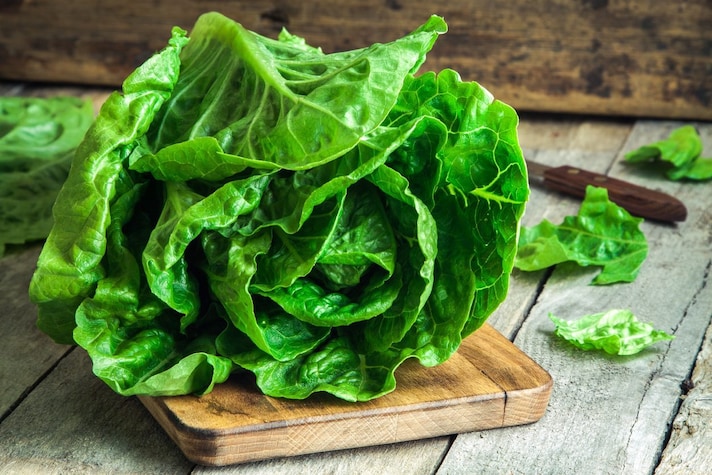
Whether it's curly lettuce, iceberg or romaine, a head of lettuce is one of the foods that spoils the fastest, as it is mainly made up of water. To make it last longer in the high summer temperatures, the only way is to keep it in the refrigerator. How? After purchasing, remove the outer leaves (they are often damaged, treated and have been in contact with packaging), wash the lettuce (you can soak it in bicarbonate to help clean, but it is a false myth that it works as a sanitizer) and pat it dry thoroughly with a cloth. Once dry, place the leaves in a container wrapped in kitchen paper (you can make layers), which absorbs excess moisture. The advice is not to overload the container, to close it hermetically and to place it in the vegetable drawer. In any case, consume it within a few days (2 or 3) to enjoy freshness and crunchiness.
2. Tomatoes
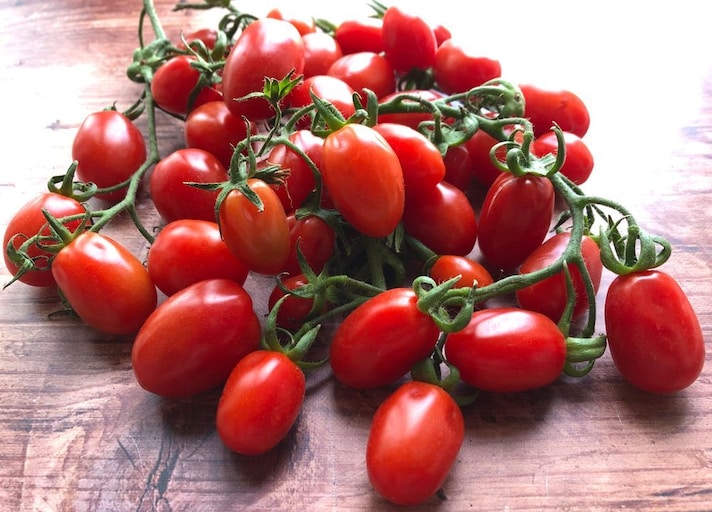
Tomatoes should never be stored in the refrigerator, as the cold alters their flavor. In summer, it is therefore preferable to buy them when they are not yet fully ripe and keep them in a wicker basket at room temperature, away from direct sunlight and in a well-ventilated place: avoid mixing damaged tomatoes with healthy ones, as the latter can deteriorate more quickly when in contact with the former. A good method for preserving them is to wash and dry the tomatoes, then place them in a plastic or glass container between two loosely woven tea towels, one of which will act as the base and the other as the "lid", arranging them flat and not overlapping. If you buy tomatoes and cherry tomatoes that are just ripe enough to make a cold dish (such as vegetable salad, pasta or rice), keep them in the refrigerator, so they will remain firm.
3. Eggplants
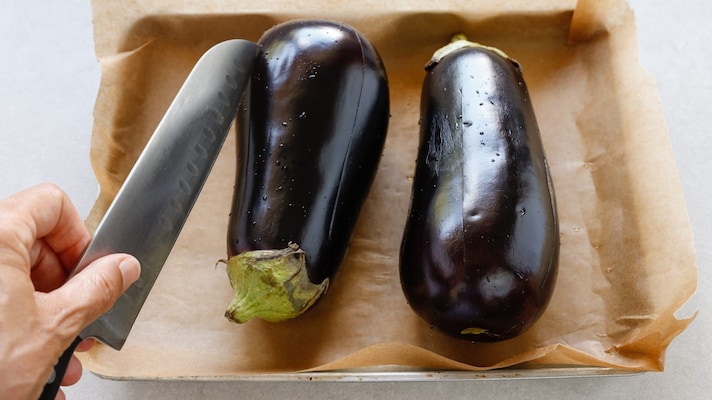
Typical summer vegetables with which to create always tasty dishes, the different varieties of eggplants can be stored in a cool and dry place in the house at room temperature and used within a couple of days, as they fear the cold more than the heat. To make them last longer, you can put them in the refrigerator, preferably in the vegetable drawer, wrapped in a paper bag (like a bread bag). It is important to keep them whole, without cutting them, as the pulp in the air accelerates its degradability.
4. Zucchini
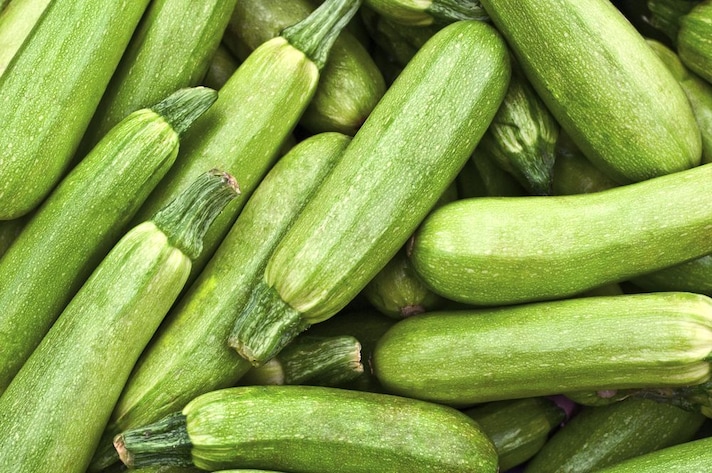
The same applies to zucchini as to eggplants, although they suffer more from high temperatures. At the peak of the heat, prefer the refrigerator, placing them whole inside a paper bag in the vegetable drawer. It is not necessary to wash them before storing them, but if you do, be sure to pat them dry well, to prevent humidity from promoting the growth of mould. For optimal conservation, you can also wrap them in a dry cloth. This way they can last up to a week.
5. Peppers
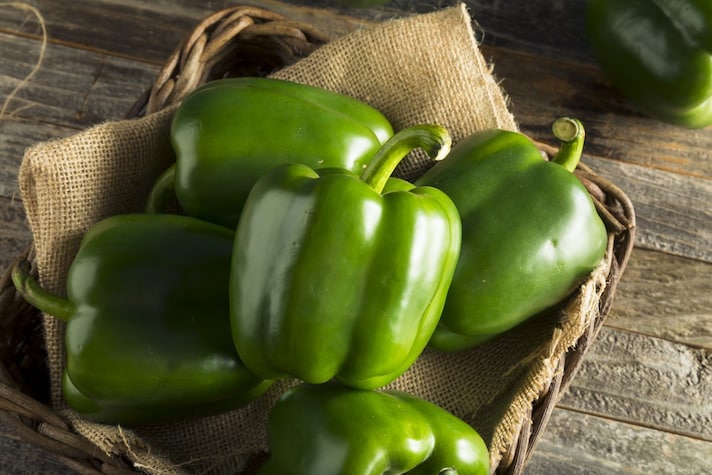
Peppers stay fresh longer in the refrigerator. After purchasing, put them in the classic paper bag and store them in the bottom drawer. They will last up to 10 days, but we suggest you consume them within a week, as after that there is a risk that they will soften.
6. Potatoes
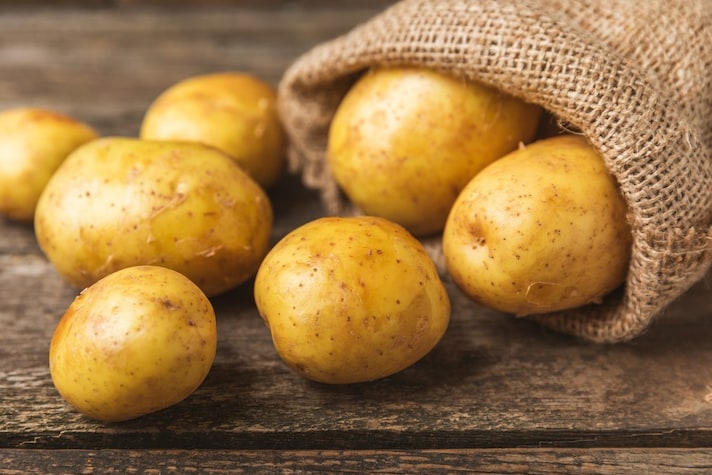
Potatoes should be stored in a cool, dry and dark place, but not asphyxiated, where a minimum amount of air circulation is guaranteed. Sunlight can make them turn green, developing excessive amounts of solanine that make them no longer edible, just as an environment that is too humid can cause rot. It is also known that these tubers should never be put in the refrigerator, since the cold transforms the starch into sugar, altering their consistency and flavor. A trick to avoid sprouting is to place the potatoes in a box together with one or two apples depending on the quantity, which release ethylene and slow the growth of the sprouts.
7. Garlic and Onions
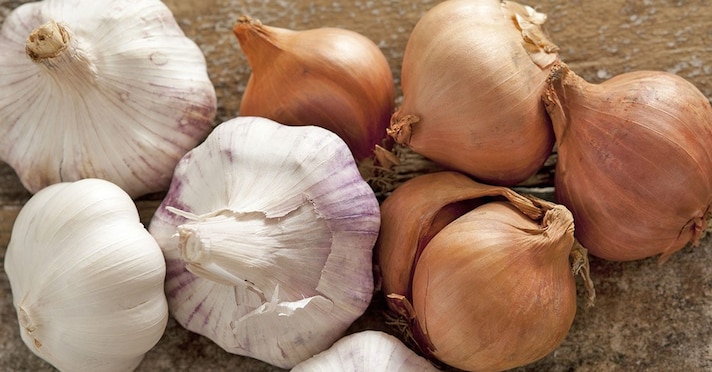
Garlic and onion should be stored in a cool, dry, well-ventilated place: hanging in a cupboard or pantry would be ideal. Avoid the refrigerator, as humidity can cause sprouting or mold to form. It is best to choose breathable containers, such as baskets or mesh bags, to allow air to circulate. With garlic, you can also opt for freezing, peeling the cloves and placing them in special freezer bags.
8. Aromatic Herbs (Mint, Parsley, Basil)
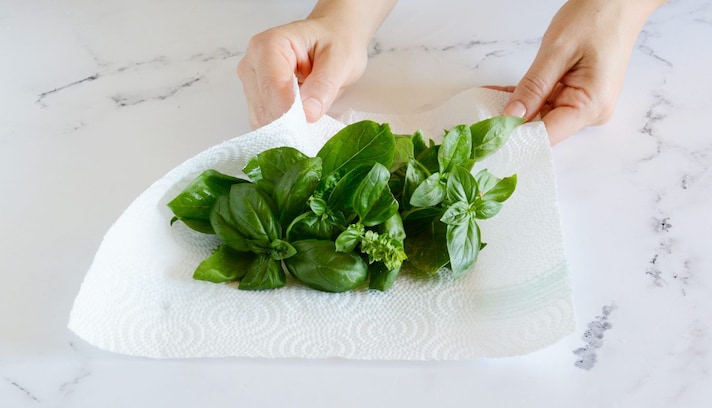
Fresh aromatic herbs such as mint, parsley and basil can be preserved in various ways. If you bought the bunch, put the stems in a glass of water as you would with cut flowers: they will keep for a few days if you change the water every 24 hours or more frequently depending on the outside temperature. If, however, you bought the plastic trays, do not change the container: take a sheet of kitchen paper, moisten it and spread it over the remaining leaves and put everything in the refrigerator: this way the herbs will not dry out and will last up to a week.
9. Cherries

Cherries are delicate and must be stored with care: once purchased, put them in the refrigerator, in the usual drawer: there is no need to wash them before storing them, as humidity can encourage the formation of mold. Transfer them to a paper bag or micro-perforated bags, dividing them into several handfuls if there are many, so as to prevent them from crushing each other. Keep only those that are whole: if you know you will not consume them immediately, choose those that have not yet ripened, so that you can also keep them at room temperature for 3-4 days in a wicker basket with the bottom lined with kitchen paper, in a ventilated place and away from direct sunlight.
10. Bananas

Bananas ripen quickly at room temperature and in the warmer months, the skin turns black and the pulp falls apart in a couple of days. At the same time, putting them in the fridge is a bad idea, as the cold still causes the skin to blacken, but without significantly slowing down the ripening process, so avoid doing so unless you know they are completely ready to eat in a few days. If you have very ripe bananas that you can't eat right away, peel them, cut them into slices and put them in freezer bags, so you can use them in smoothies and jams.
11. Melon And Watermelon
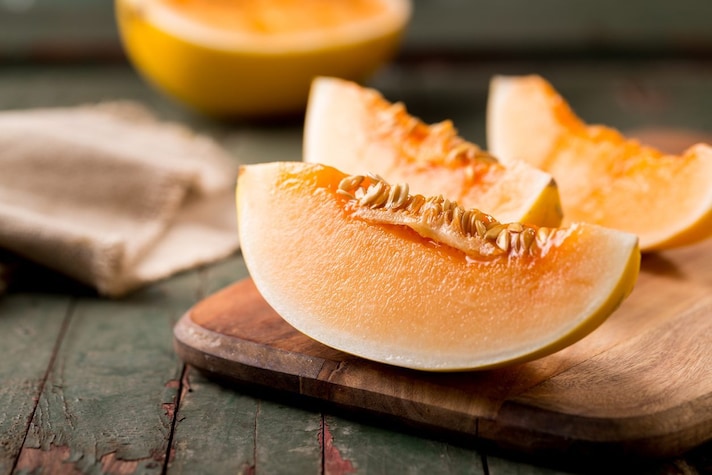
Melon and watermelon are best stored whole at room temperature for up to a week in a cool, dry place in the house: if the heat is excessive (over 78°F/26°C) then place them whole in the lowest compartment of the appliance. Once cut, however, cover the surface exposed to the air with transparent food film and store the fruit in the refrigerator to keep them fresh and prevent the absorption of other odors: for melon, which is particularly fragrant, you can also opt for plastic containers with lids, so it will not spread between the compartments. Try to consume them within 48 hours of cutting, because the pulp quickly changes consistency and flavor. You can also freeze melon and watermelon cut into cubes, placed in freezer bags, to then use them in thirst-quenching and vitamin-packed smoothies.
12. Apricots, Peaches and Plums
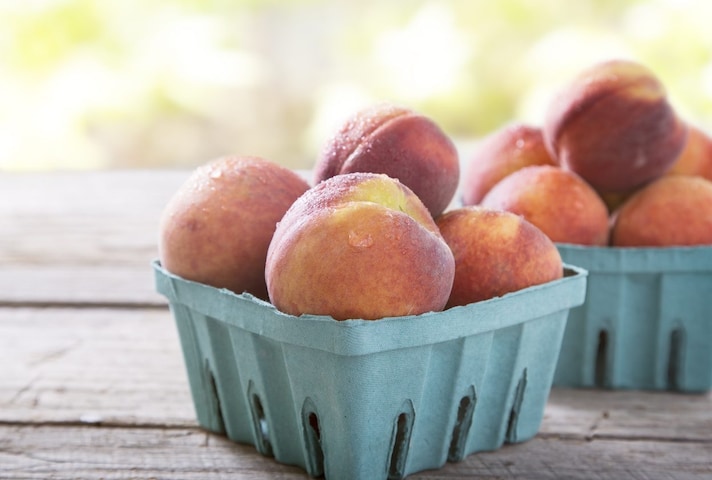
Until it ripens, leave this typical summer fruit outside the refrigerator: a wicker basket with absorbent paper on the bottom is fine. Once ripe, you can transfer apricots, peaches and plums to the appropriate drawer in the refrigerator, so as to keep them for several days. To avoid bruises and premature deterioration, try not to overlap them during storage, avoiding pressing the fruit, especially apricots, which tend to be yielding: the latter are the ones that deteriorate most quickly, while plums last up to 10 days.
;Resize,width=767;)
